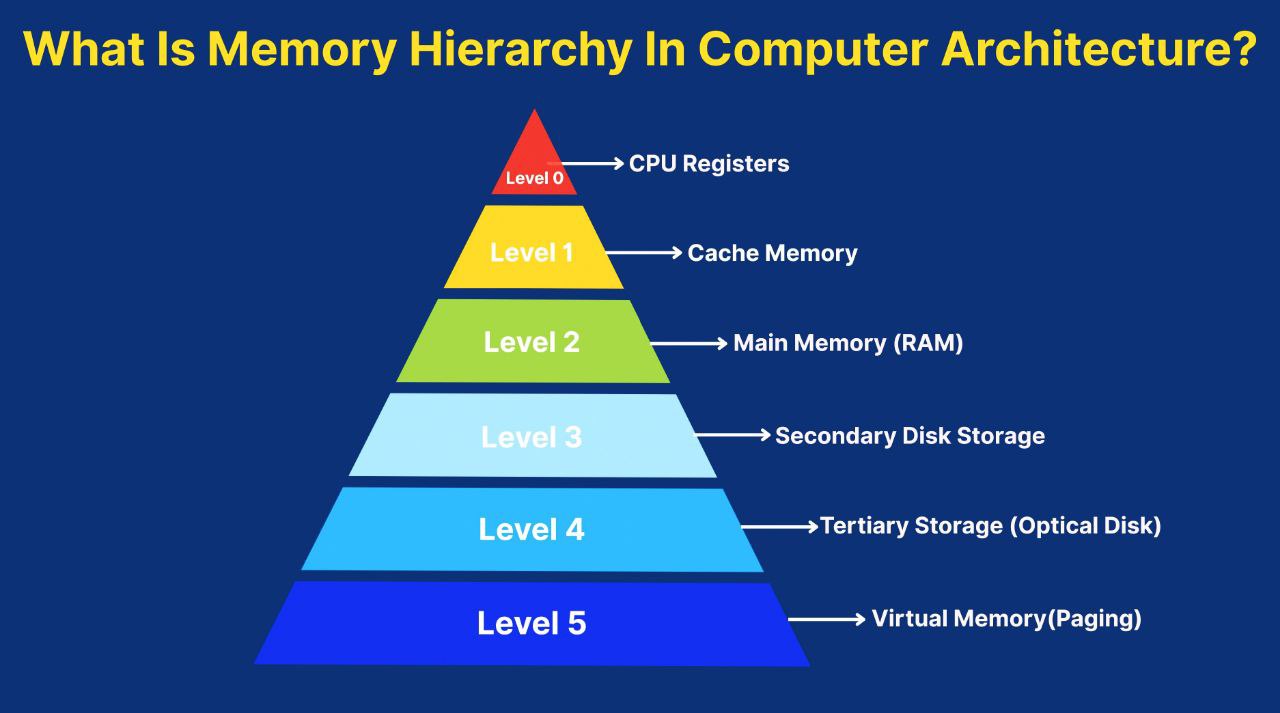Party System In India : Meaning & Feature’s
Party System: Meaning & Features
A party system refers to the organization of political parties within a country, including their number, functions, and interactions with each other. It shapes how political competition is structured, influences governance, and reflects how power is distributed among political groups.
Meaning:
The party system represents the framework within which political parties operate in a country. It indicates the nature of political competition, the relationship between parties, and the way power is exercised and transferred. A country’s party system is often determined by its history, culture, electoral system, and legal framework.
Types of Party Systems:
- One-Party System: A single political party dominates, and no opposition is allowed. Examples: China, North Korea.
- Two-Party System: Two major political parties dominate the political landscape. While other parties may exist, they rarely gain enough power. Examples: USA, UK.
- Multi-Party System: Several parties compete for power, often leading to coalition governments. Examples: India, Germany, Italy.
Features of a Political Party System
A political party system refers to the structure and interaction of political parties within a country. It dictates how parties compete for power, how governments are formed, and the role of opposition in governance. The key features of a political party system highlight the nature of political competition, the balance of power, and the stability of governance.
Key Features of a Political Party System:
- Number of Political Parties:
- One of the most defining features of a party system is the number of significant political parties. This can range from:
- One-party systems: Only one legal political party exists, and it typically controls all aspects of governance (e.g., China).
- Two-party systems: Two major political parties dominate elections and alternate in power (e.g., USA, UK).
- Multi-party systems: Several parties compete for power, and coalition governments are common (e.g., India, Germany).
- One of the most defining features of a party system is the number of significant political parties. This can range from:
- Competition for Power:
- A party system reflects how political parties compete for power. In democratic systems, this competition is through regular elections, while in authoritarian systems, it may be controlled or non-competitive.
- Electoral Process and Structure:
- The electoral system (e.g., first-past-the-post, proportional representation) plays a crucial role in determining the structure of the party system. For instance:
- First-past-the-post systems tend to favor two-party systems.
- Proportional representation systems encourage the existence of multiple parties by giving smaller parties a chance to gain seats.
- The electoral system (e.g., first-past-the-post, proportional representation) plays a crucial role in determining the structure of the party system. For instance:
- Government Formation:
- The party system determines how governments are formed. In two-party systems, the winning party often forms a single-party government. In multi-party systems, coalition governments are common due to the fragmented distribution of votes and seats.
- Role of Opposition:
- In multi-party or two-party systems, the role of the opposition is institutionalized, meaning opposition parties play a critical role in holding the government accountable. In one-party systems, the opposition is either weak or non-existent.
- Stability and Flexibility:
- Different party systems offer varying levels of political stability.
- Two-party systems often provide stable governance with clear alternatives.
- Multi-party systems, while more representative of a range of interests, may lead to frequent government changes or unstable coalitions.
- One-party systems provide stability at the cost of political diversity and democracy.
- Different party systems offer varying levels of political stability.
- Ideological Diversity:
- The extent of ideological differences between parties is a feature of the party system. In two-party systems, the main parties may have contrasting ideologies (e.g., conservative vs. liberal). In multi-party systems, a broader range of ideologies is represented, including centrist, left-wing, right-wing, and regional parties.
- Voter Alignment and Behavior:
- Party systems influence voter alignment. In two-party systems, voters often align strongly with one of the two dominant parties. In multi-party systems, voters may shift their support among various parties, and new parties may emerge to represent changing voter preferences.
- Power Dynamics and Balance:
- The power dynamics between the ruling party (or coalition) and the opposition are crucial in determining the checks and balances within the system. Two-party systems often lead to clear majorities, while multi-party systems create a balance of power through coalitions.
- Policy Formulation and Implementation:
- The nature of policy-making depends on the party system. In two-party systems, clear majorities can lead to swift policy implementation. In multi-party systems, coalition governments often require compromise, leading to more negotiated policy outcomes.
- Influence on Political Culture:
- The party system influences the broader political culture of a country. In two-party systems, politics often revolves around binary debates. In multi-party systems, a more pluralistic political culture develops, where multiple perspectives coexist.
- Adaptability and Change:
- Party systems can evolve over time, influenced by changes in society, technology, and political culture. New parties may emerge, old ones may fade, and party systems may shift from multi-party to two-party or vice versa based on changes in voter behavior and legal frameworks.
Importance of Understanding a Party System:
- Political Stability: The type of party system affects the stability and effectiveness of government.
- Representation: It determines how well different sections of society are represented in government.
- Policy Development: It shapes how policies are created, debated, and implemented.
A country’s party system reflects its political maturity, electoral rules, and societal needs, making it a vital aspect of its governance structure.
Share this content:



Leave a Reply